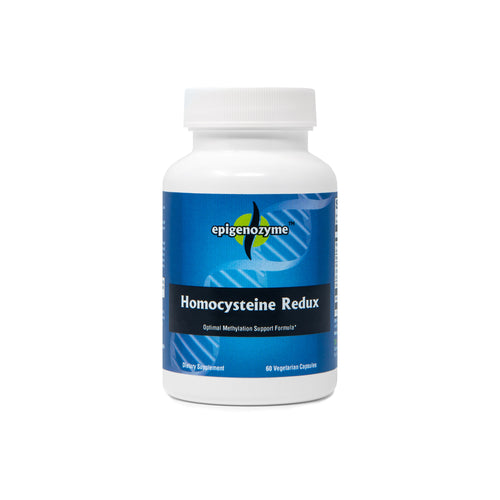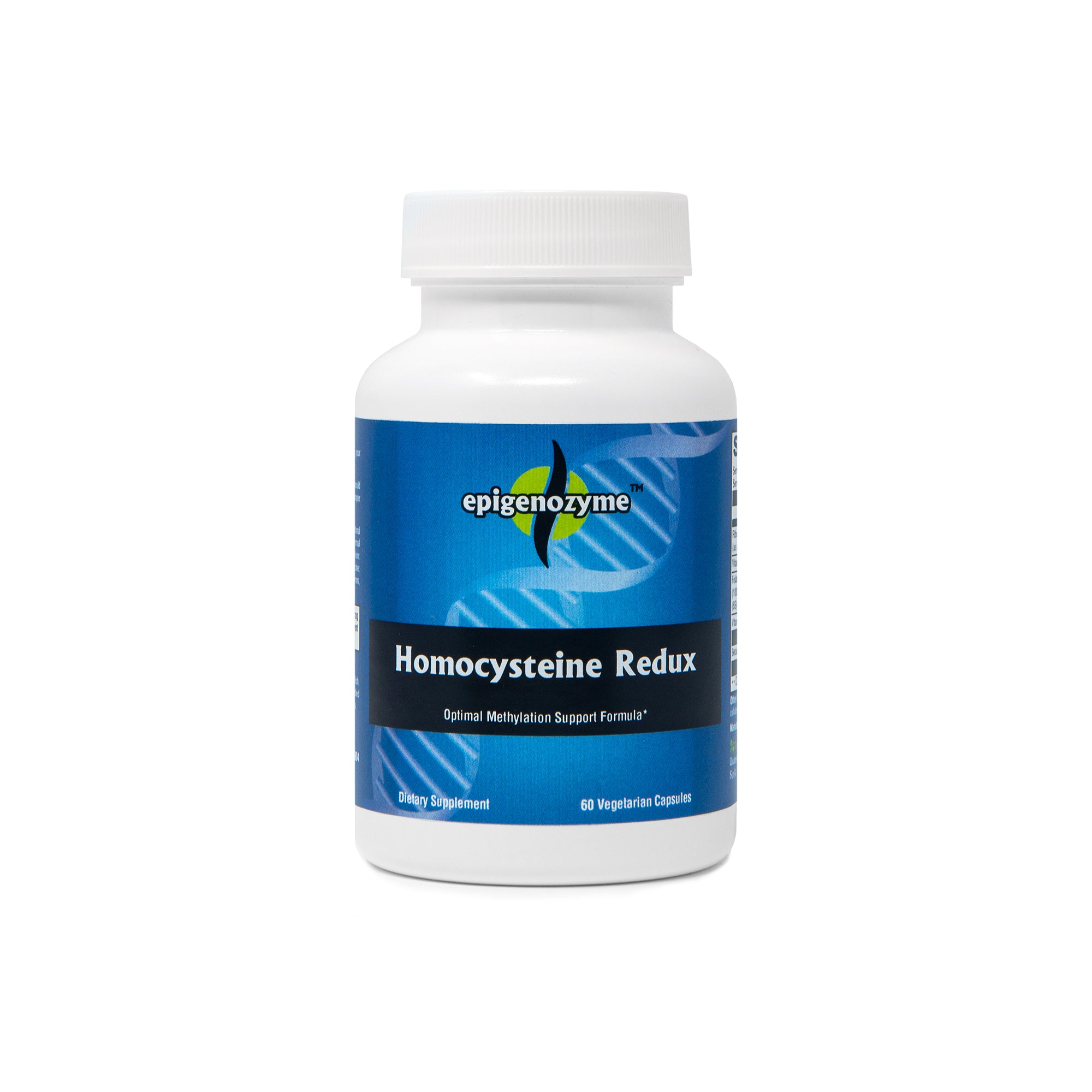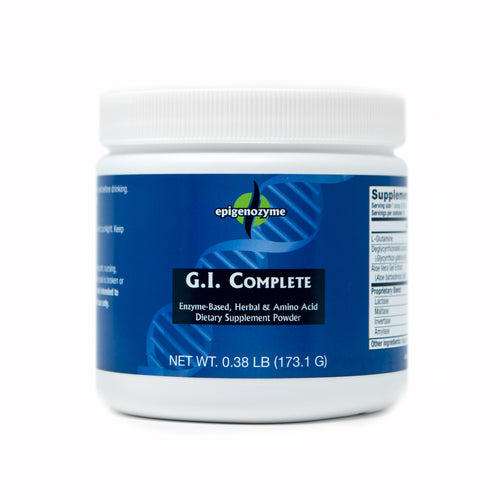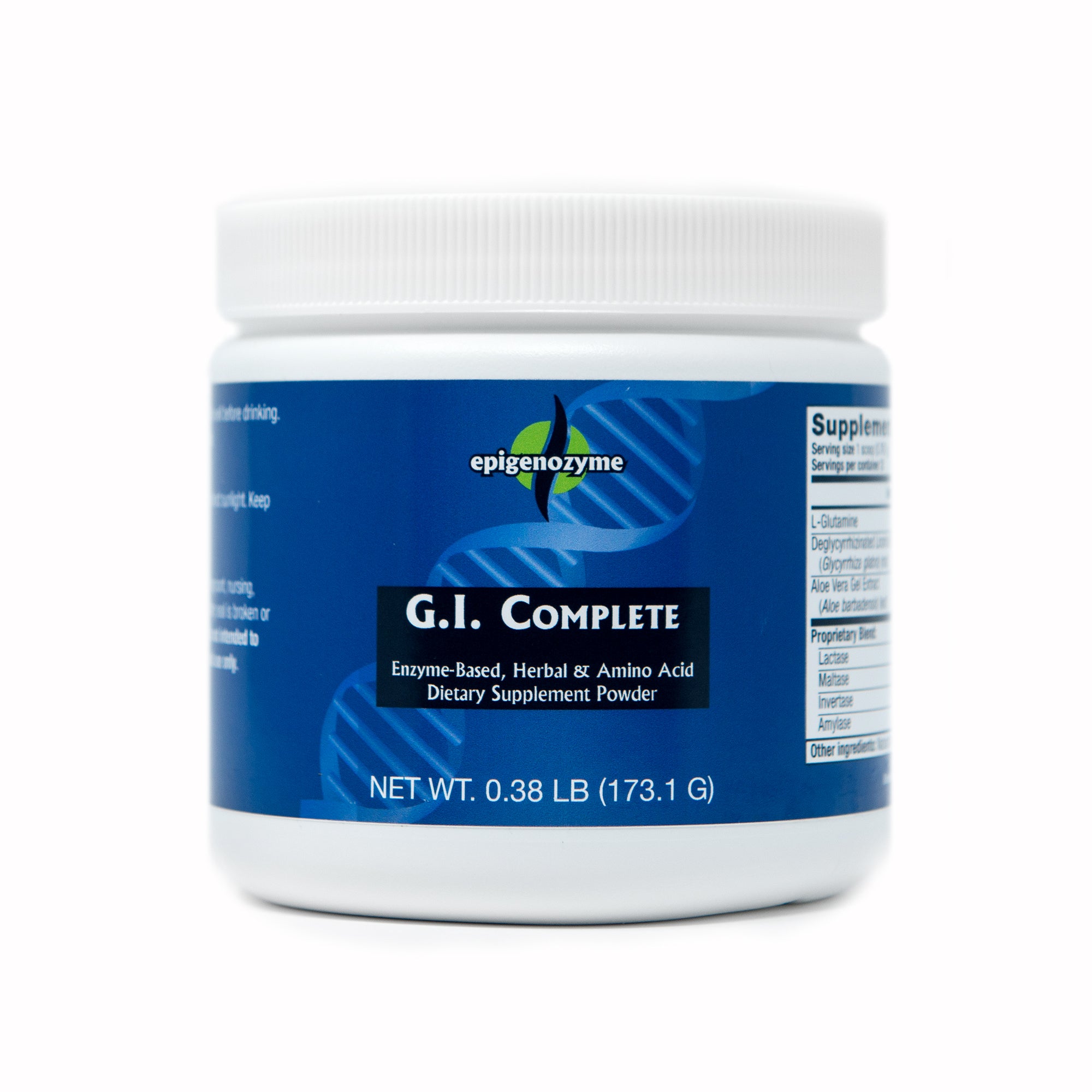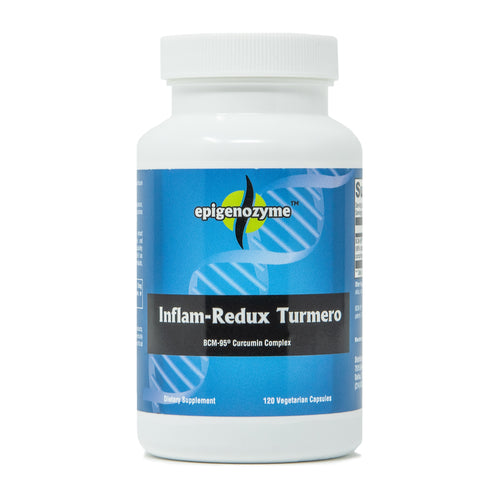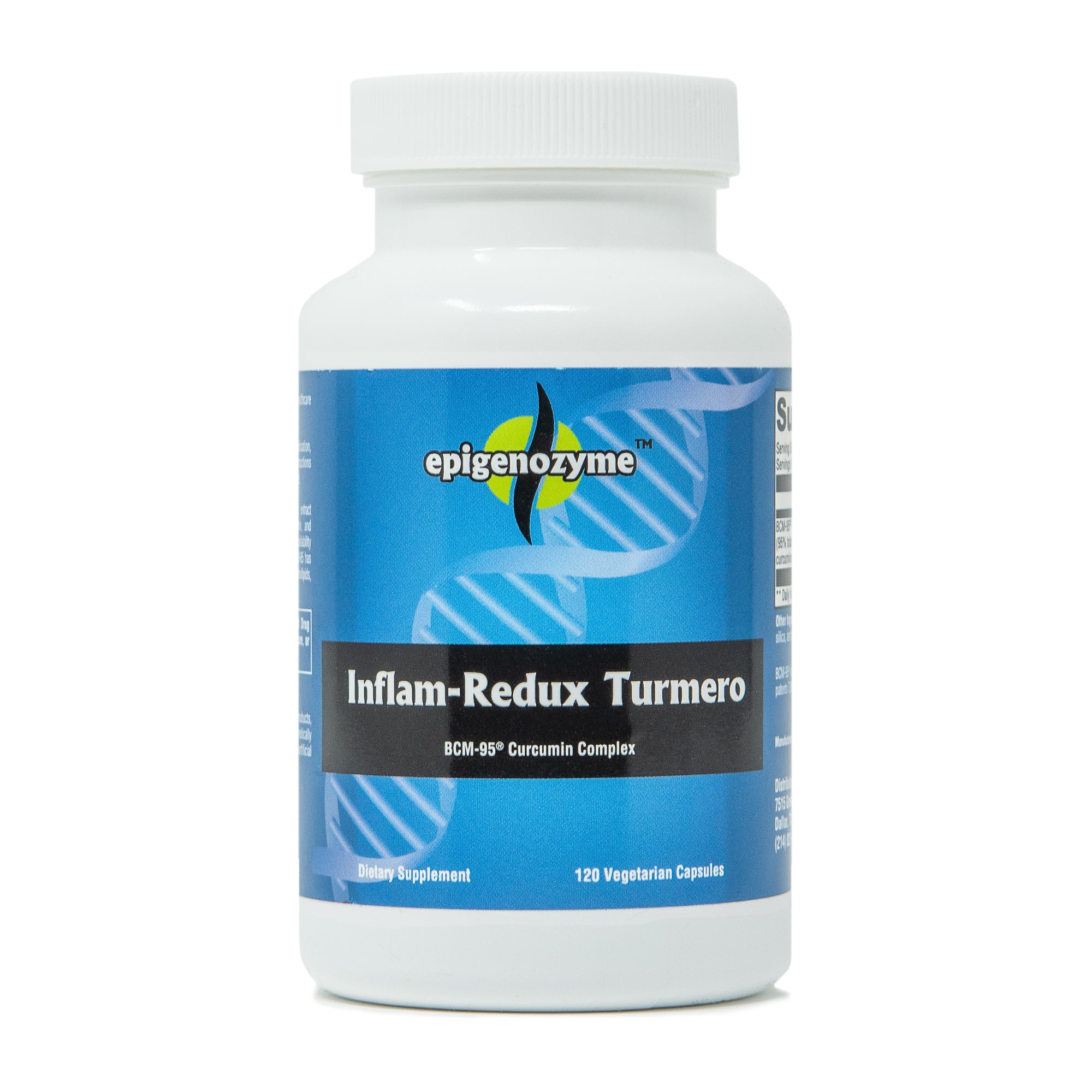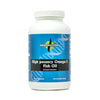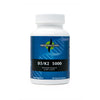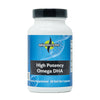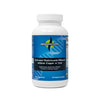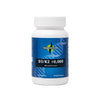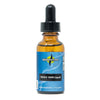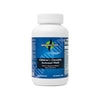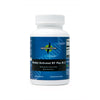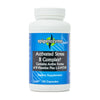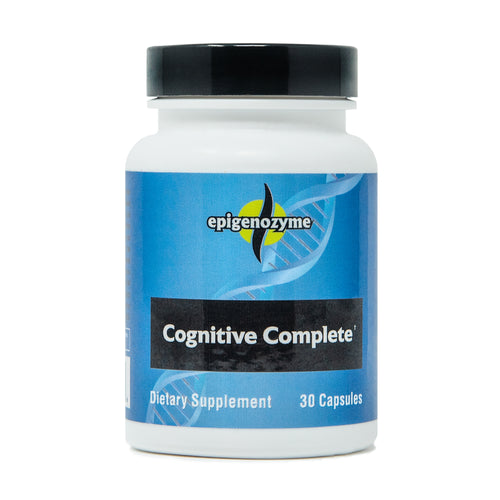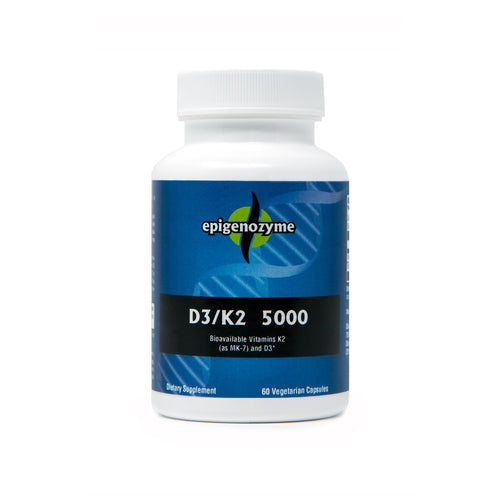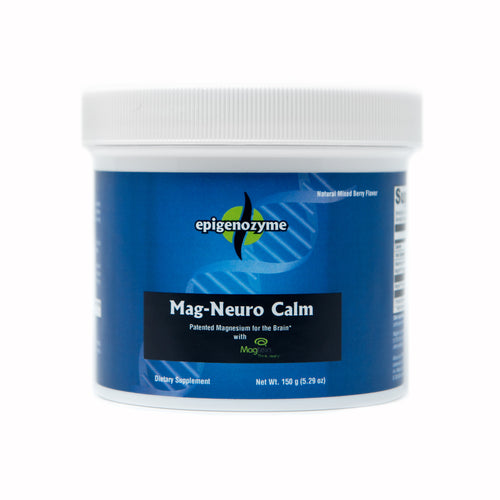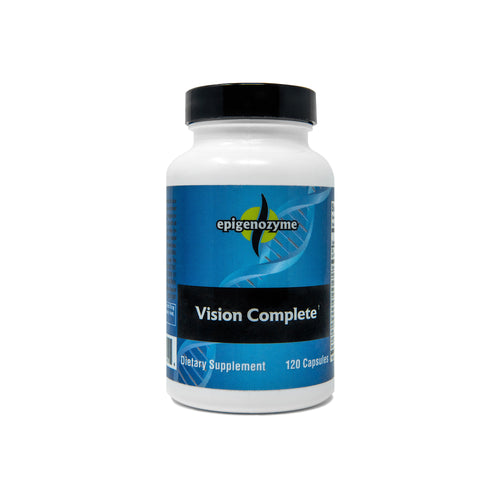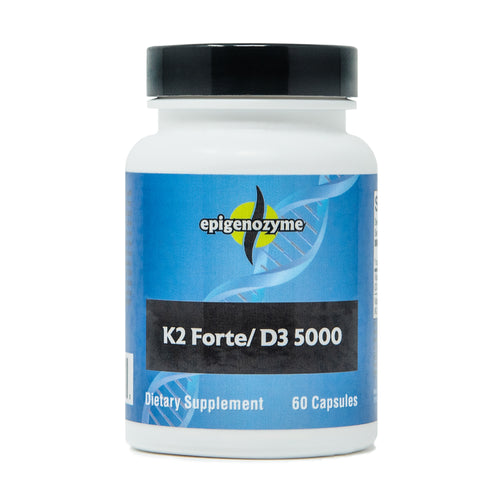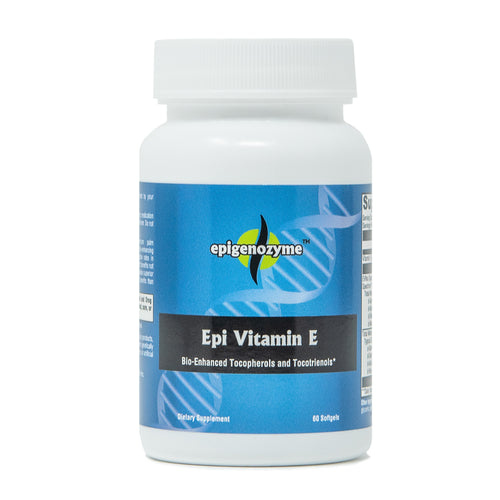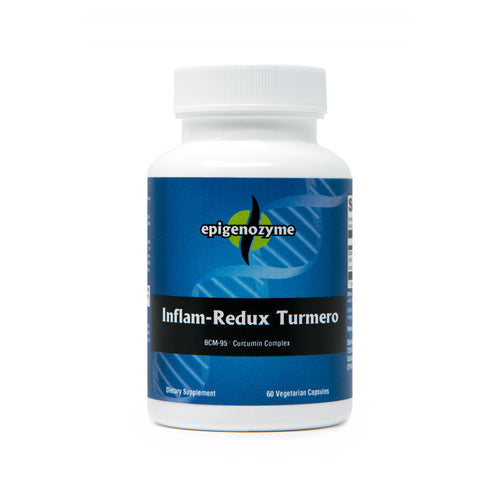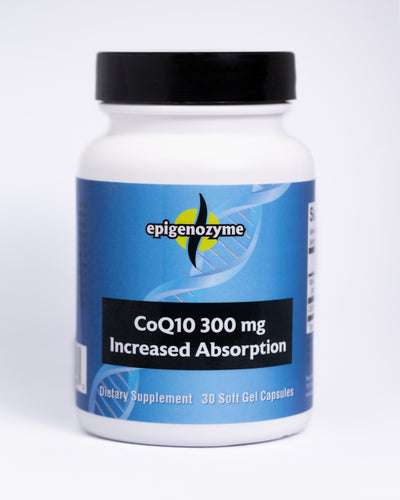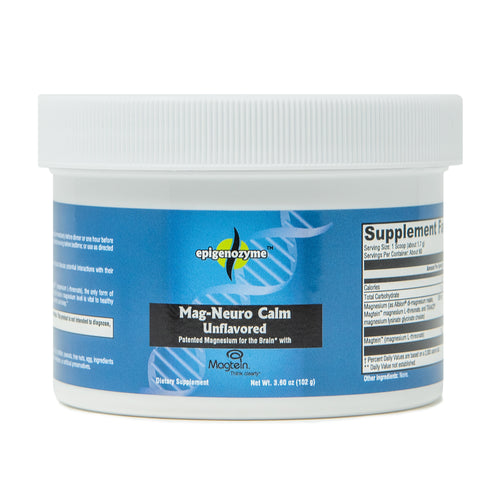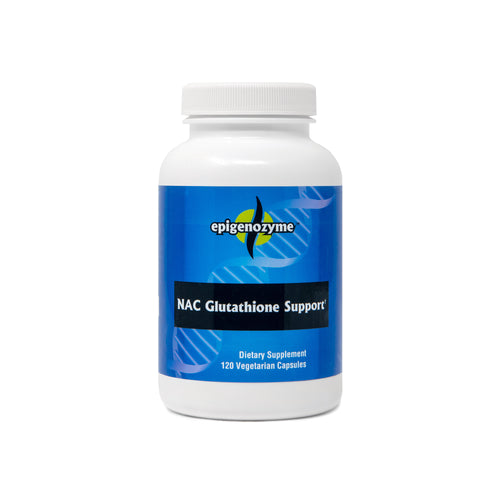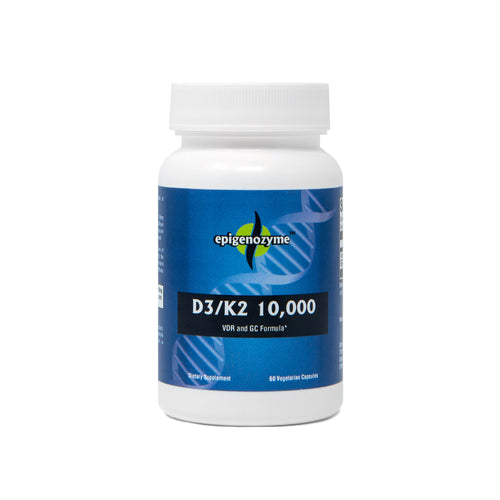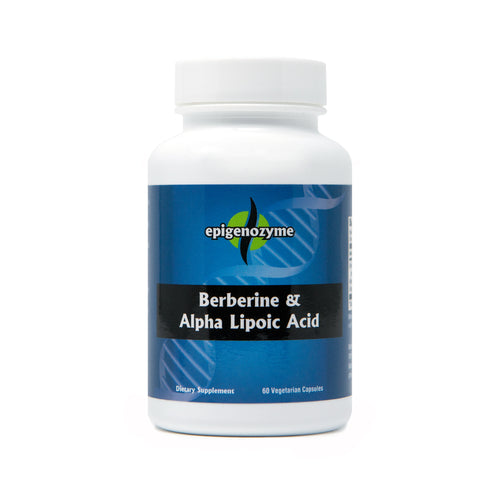- Supports Healthy Calcium Balance
- Promotes Bone Health
- Supports Cardiovascular Health and Arterial Elasticity
- Boosts Immune Function
OVERVIEW
New research is focusing on the synergistic relationship between vitamin K2 and vitamin D3, for bone and cardiovascular health. A group of naturally occurring and structurally similar, fat-soluble vitamins, vitamin K is essential for the proper utilization of calcium. Through its activation of the protein osteocalcin, vitamin K helps to bind newly absorbed calcium to the mineral matrix in bone. In addition, vitamin K has been found to help maintain bone mineral density by decreasing the activity of osteoclasts, a cell that breaks down the bone matrix. Vitamin K also provides critical cardiovascular protection by helping to activate matrix Gla protein (MGP), an inhibitor of circulatory calcification. Thus, vitamin K and vitamin D not only share similar qualities, but they also act synergistically within the body.
The addition of MenaQ7® PRO to this formula is backed by extensive research. Dr. Leon Schurgers, world-renowned expert in vitamin K2 as MK-7 research for cardiovascular and bone health, and his team of research scientists have conducted over 15 clinical trials on MenaQ7® PRO through the University of Maastricht.
Vitamin K2 with D3 includes 45 mcg of MenaQ7® PRO, the most widely studied form of vitamin K2 as MK-7, and 5,000 IU of vitamin D3 per capsule for optimal absorption and use by the body.
INGREDIENT BENEFITS
Vitamin K Depletion
Although most people consume adequate dietary vitamin K to maintain sufficient blood clotting, most do not consume enough to meet cardiovascular and bone health needs. In fact, approximately 70% of the western population is deficient in vitamin K2.
Bone Health
Building and maintaining healthy bones requires a number of key nutrients including vitamin K, for the proper binding of calcium to the bone matrix.
Cardiovascular Health and Blood Sugar Balance
Vitamin K plays a key role in supporting the cardiovascular system as well as blood sugar balance already within normal levels.
Immune Modulation
New evidence also suggests vitamin K plays a central role in boosting immune function.
Suggested Use:
1 or more capsules per day or as recommended by your health care professional
*Statements regarding dietary supplements have not been evaluated by the FDA and are not intended to diagnose, treat, cure, or prevent any disease or health condition.

